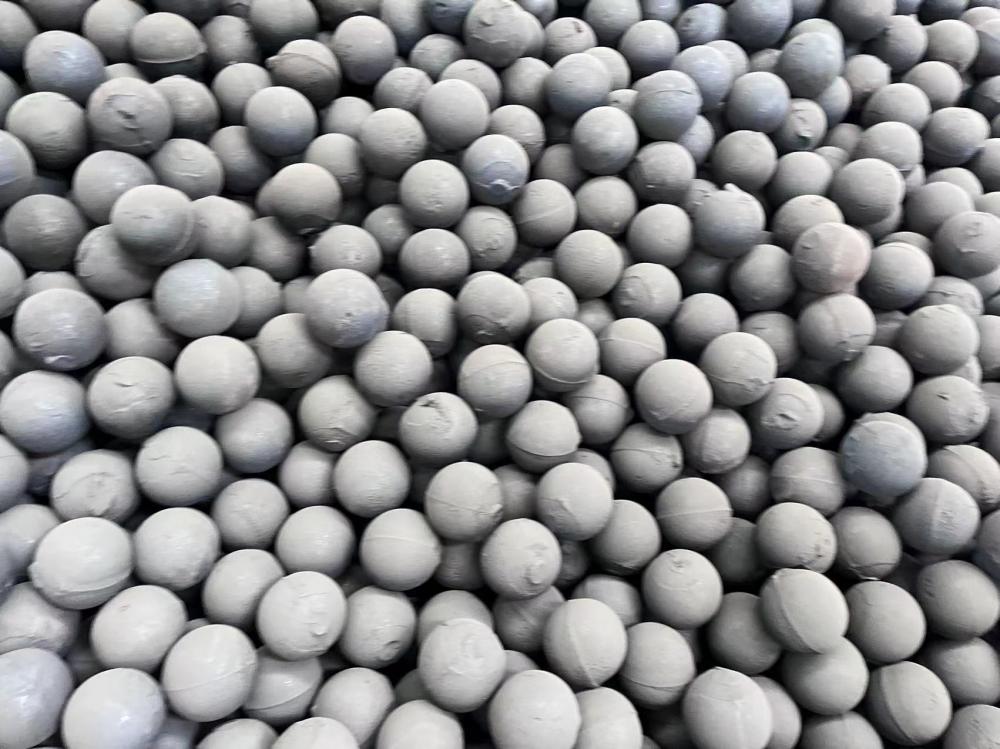Autoclave Safety Structure: The autoclave features a robust safety design, with the lid constructed from a single piece of 16MnR steel plate. The lid is flanged and designed as a horizontal cylindrical pressure vessel. The body flange is machined from 16Mn forging, ensuring structural integrity. All welded joints undergo heat treatment and rigorous non-destructive testing in accordance with industry standards. The door is operated manually via a hand-operated reducer, and it features a fast-moving door structure. Alternatively, the door can be powered, pneumatically or hydraulically operated based on user requirements. A comprehensive safety interlock system is integrated to prevent misuse and ensure the safe operation of the equipment, protecting both the machine and the operator. Users have two options for door opening styles: side-opening and top-opening. The side-opening type uses a rotating arm mechanism, allowing smooth and easy operation at a low position. The top-opening style employs a lever mechanism, where the lower end is connected to the door and the upper end is equipped with a counterweight, making it lightweight and space-efficient.
The autoclave’s sealing ring is a rubber device embedded in the flange groove during the pressurization stage. It is a consumable part and typically comes in a "V" shape. When steam is introduced through an elbow and valve, it exerts pressure on the lid's surface. Once the rated pressure is reached, the sealing ring is activated by the internal steam pressure, ensuring a tight seal through a curved pipe.
Improving Autoclave Insulation for Energy Efficiency
Proper insulation is crucial for efficient autoclave operation. During the curing process, multiple heat transfer mechanisms occur, including conduction, radiation, convection, and phase change. Our insulation design focuses primarily on minimizing conduction and radiation. We use cost-effective materials such as mineral wool or rock wool as the insulation layer, covered with polished aluminum or galvanized sheets for protection. However, many companies fail to achieve optimal results due to several common issues.
One major issue is insufficient insulation thickness. According to national standards, the insulation layer should be at least 120mm thick. In practice, few companies meet this requirement, especially around the reinforcement rings of the kettle body. Thin insulation not only reduces efficiency but also exposes the reinforcement rings, leading to increased heat loss. If the reinforcement rings are not fully enclosed, rainwater can penetrate the insulation, further reducing its effectiveness and increasing heat dissipation through moisture.
A scientifically sound approach involves using two layers of 60mm mineral wool or rock wool to block conduction and convective heat transfer. A protective layer of polished aluminum or galvanized sheet is then applied to reflect radiation. The color of the protective layer matters—lighter colors reflect more heat. The construction must fully enclose the reinforcement rings, with overlapping and folded sheets to prevent water ingress and maintain insulation integrity.
Another problem is the use of substandard insulation materials. Some companies opt for calcium silicate blocks or aerated concrete waste blocks to cut costs, but these often lack proper waterproofing. Even though they offer good thermal resistance, their installation is difficult to control, and the mortar used in the process may reduce overall performance. If such materials are used, the outer layer must be carefully sealed to prevent cracking and peeling, and additional rain protection measures like canopies should be installed.
Insulation process defects also contribute to inefficiency. For example, brackets and hooks are sometimes randomly welded onto the kettle body, increasing heat loss. The protective layer is often not properly sealed against water, and the door itself is frequently left uninsulated. According to regulations, welding on the kettle body is strictly prohibited, as it increases the heat dissipation area. Therefore, during insulation work, all parts should be insulated wherever possible, and no unnecessary welds should be made.
Additionally, many autoclaves are installed outdoors, leaving the valves, joints, and especially the kettle head exposed. These areas become major sources of heat loss, especially in rainy or foggy conditions. To minimize this, the kettle body should be kept as rainproof as possible, particularly the kettle head.
Recommended Equipment: Ground Flip Cutting Machine, Aerated Concrete Production Line Equipment
Phone: 0391-3705666
Fax: 0391-3705003
Mobile: 13673607707
Email: [Not Provided]
Address: Intersection of Zhongfu Road and Zhongye Street, Wen County Industrial Cluster, Jiaozuo City, Henan Province
Wear Resistant Hardware Abrasives

Wear Resistant Hardware Abrasives,Mill Grinds Tool Balls,Low Chromium Steel Balls,Abrasion-Resistant Steel Balls
Xuzhou Surun wear-resistant material Co., LTD , https://www.suruntools.com